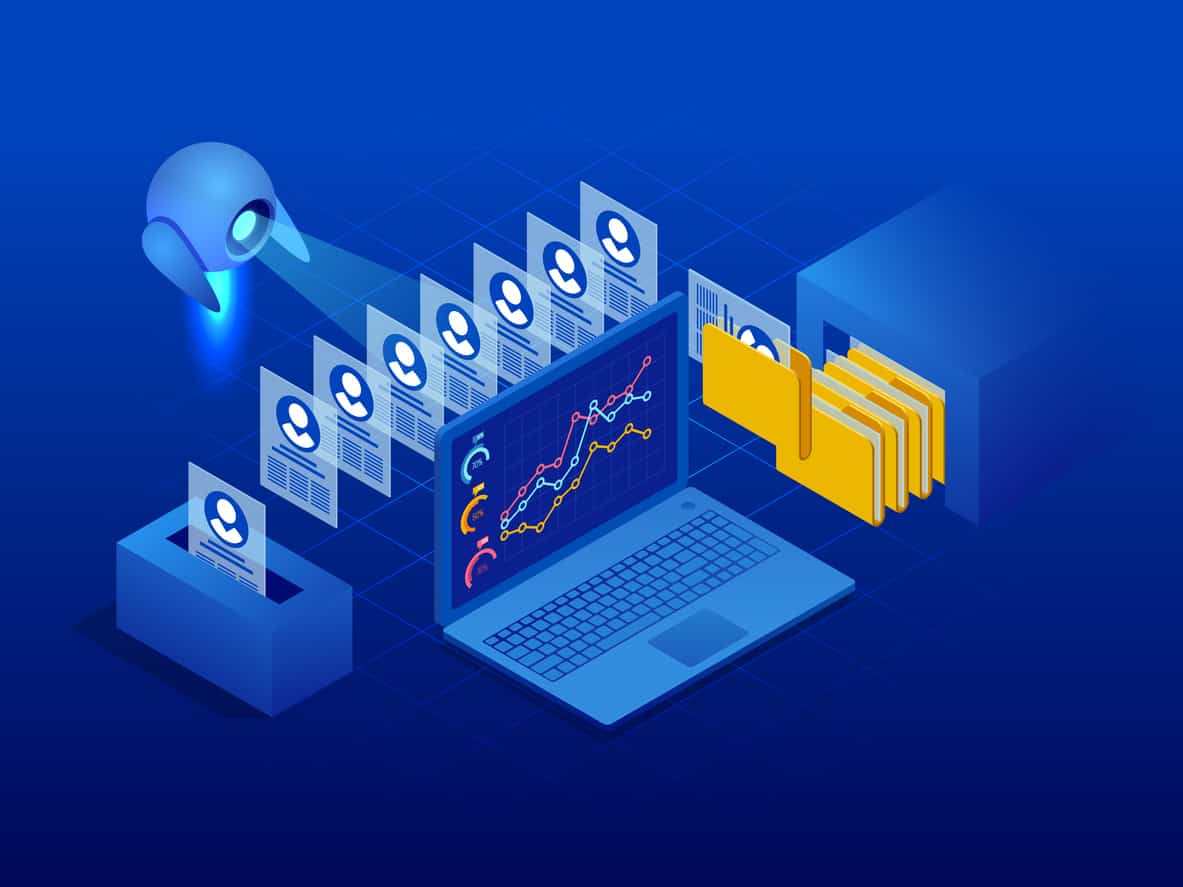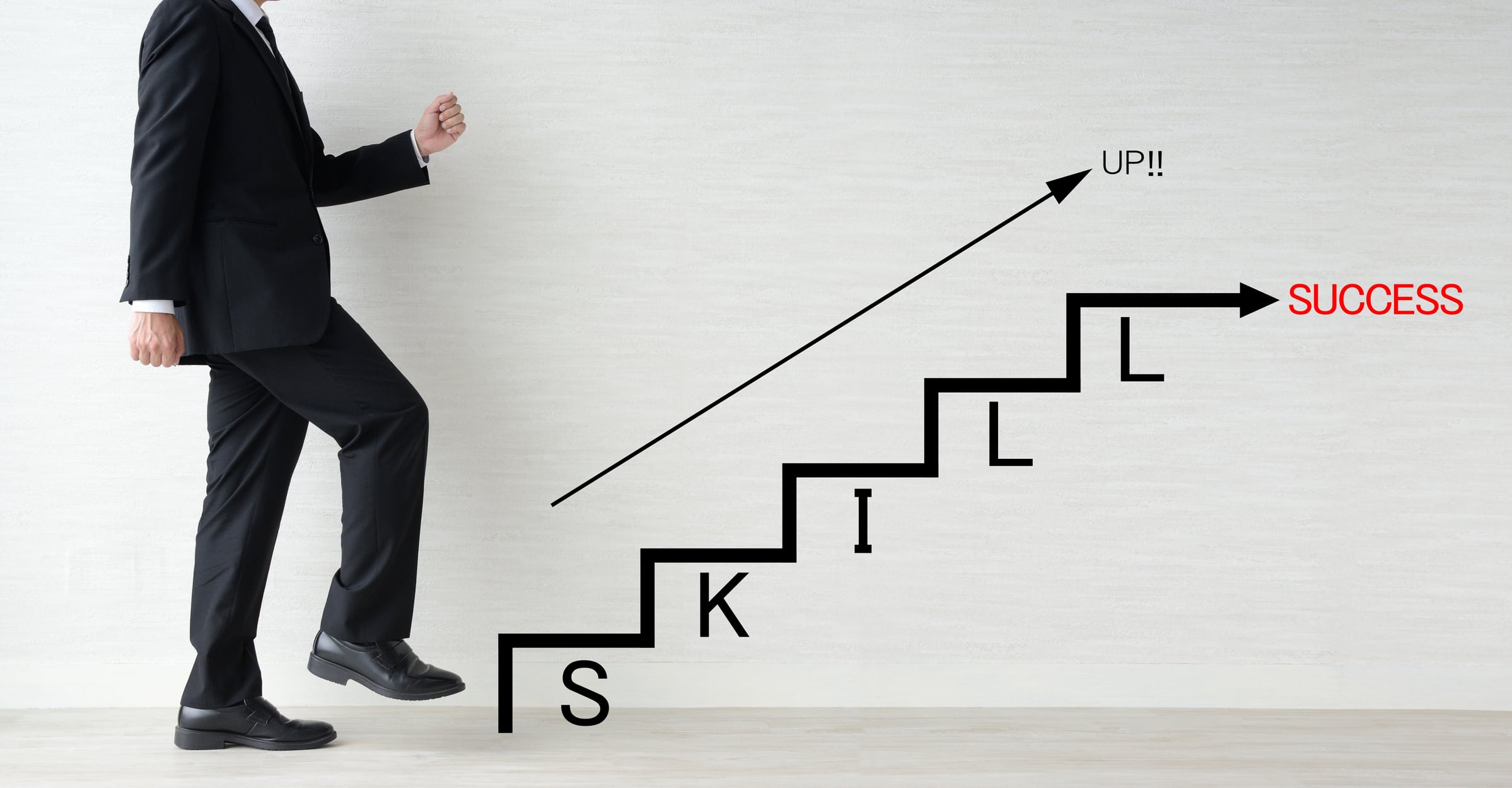For those of you who had thought Human Resource (HR) activities confines only to hiring, extending offer letters, etc. then you are wrong. There are various functions associated with an HR job role and today we will be discussing the topic ‘HR Analytics’. By going through this article here, you will get a proper understanding of the process followed in HR Analytics, how it is beneficial for the organization, and also the challenges faced during implementation.
Also, if you are interested in starting a career in the human resource domain, do check the Executive PG Program in Management that offers human resources as one of the specializations.
- What is HR Analytics?
- What impact does HR Analytics have on an organization?
- Why is HR Analytics required?
- How does HR analytics work?
- Challenges faced during implementation of HR Analytics
- Latest Trends in HR Analytics
What is HR Analytics?
HR Analytics refers to interpreting the data to make business decisions that improve the business performance, hiring, and retention rates. It is a more data-driven approach towards management that revolves around gathering and analyzing data. The analysis is then leveraged to check the impact of HR management and metrics on the organization and the overall business performance.
What impact does HR Analytics have on an organization?
HR Analytics helps in providing valuable insights as to how human resource contributes to the organization’s growth that includes:
- Minimizing expenses
- Generating revenue
- Executing strategic plans
- Mitigating risks
Why is HR Analytics required?
Organizations own enormous amounts of raw data that do not provide any value in their form but do have immense potential if utilized the right way. The data, if organized, can be used for comparison and analysis to provide insights to the organization. And this is what HR analytics is all about.
Some of the processed data can be used to figure out the following:
- The employee turnover and its pattern
- Expected time to fill a vacancy
- Employee productivity
- Impact of learning and development on employees
The data-backed evidence obtained from this activity helps organizations plan on future initiatives and necessary improvements.
How does HR analytics work?
The process of HR analytics is made up of 4 primary tasks that are performed one after the other.
Step 1: Data Collection
Collecting and grouping high-quality data is the first and the most vital component of HR Analytics.
Type of Data collected for HR Analytics process:
There are two kinds of data required for the process.
| Internal Data | External Data |
| Employee Tenure | Organization-wide financial data |
| Employee Training Records | Passive data from employees right from recruitment stage |
| Data on high and low performers | Core offerings of the organization |
| Retention | Historical data |
| Engagement | |
| Turnover | |
| Salary and promotion history | |
| Absenteeism |
Step 2: Monitoring the data and comparing with past performance
At this stage, there is a continuous assessment and comparison of the data obtained. This is the stage where the HR metrics are calculated.
If you don’t know about HR metrics, here is a small outline for you.
HR Metrics is nothing but the statistics that helps an organization to measure and track their human capital. It is also used to measure the effectiveness of their human resource initiatives. The key HR metrics taken into account for the HR Analytics process are tabulated below.
| Recruitment | Cost per Hire |
| Time to Hire | |
| New-Hire Turnover | |
| Headcount | |
| Demographics | |
| Time to Productivity | |
| Engagement & Retention | Retention Rate |
| Total Turnover Rate | |
| Voluntary Turnover Rate | |
| Talent Turnover Rate | |
| Employee Satisfaction | |
| Retention Rate per Manager | |
| Time Tracking | Absence Rate |
| Overtime Hours | |
| Absence Rate per Manager | |
| Employee Value and Performance | Company Performance |
| Employee Performance | |
| Revenue per Employee | |
| Goal Tracking | |
| Performance and Potential | |
| Training and Development | Training Completion Rate |
| Training Expense per Employee | |
| Time to Completion | |
| Training Effectiveness |
Step 3: Analysis
The metrics thus obtained from the previous steps can now be used to identify the organizational impact brought about by the work of human resources.
The analytical methods that are commonly used in this process are:
- Prescriptive analysis: Predicts future consequences for forecasted outcomes
- Predictive analysis: Analyze historical data to forecast future opportunities/ risks
- Descriptive analysis: Understanding historical data to identify areas for improvement
Step 4: Utilize the obtained data to bring in remedial measures
Once the HR metrics are analyzed, the analysis is used to make important decisions for the organization’s progress. These actionable insights can be leveraged to make valuable improvements in the HR metrics.
Let me lay out a few examples for easy reference.
- Cost Per Hire: This metric usually shows how much it costs to hire new employees. Based on the analysis, if this metric crosses the standard fixed cost per hire, the organization might have to closely audit the process and assess where the extra money is being spent.
- Turnover: This metric indicates the rate at which employees leave the company. If it exceeds the standard values, the organization needs to pay more attention to where they are struggling with employee retention and steps to counteract this situation.
- Time to Hire: Time to Hire measures the number of days between when a candidate has applied for the job and when they are accepting it. If this rate dwindles, the organization can take a closer look at the recruiting efficiency and interview experience of the candidates and improve them.
I hope these examples have given you a clear understanding of how HR Analytics can be useful for an organization. While this process sounds very promising, it has its challenges too.
Challenges faced during implementation of HR Analytics
- Not every organization and the human resources department has the analytical and statistical knowledge to work on large datasets.
- Lack of access to quality analysis and reporting software to process the collected data
- Ethical and compliance issues due to the monitoring and collection of data
- Inaccessibility to quality data due to outdated systems
Latest Trends in HR Analytics
With technology progressing at an unprecedented phase, even the human resource process is undergoing a transition to Artificial Intelligence and Machine Learning technologies. Let us take a look at the latest trends in human resource analytics.
- Automated recruiting
- Use of Chatbots
- Predictive Reporting
- AI-Enabled New Hire Selection
While these 4 are the primary ones that caught my attention, there are more trends in HR analytics which we will be discussing in our forthcoming blogs.
Conclusion:
Now that you know how organizations are leveraging data to make informed decisions, do you want to know the scope of an MBA in HR and become an HR professional that can bring positive results? If yes, check out the Executive PG Program in Management. The program imparts knowledge about various tools and software that can help you in your work as a human resource professional.
The program curriculum gives learners a chance to work on 15 Harvard case studies, 1 Harvard Simulation Activity, three role-based projects, ample networking opportunities, and many more features that can prove beneficial for a management aspirant for his/ her professional career.







